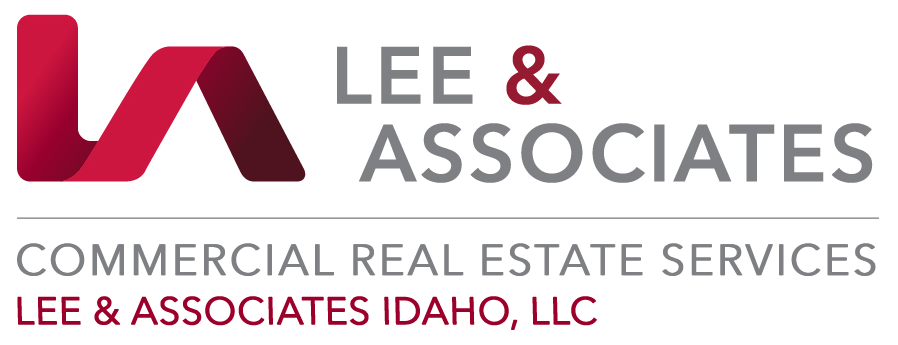UK Business Rates and What it Means to CRE
The UK has a long-established regime of real estate occupation tax, known as “business rates.” Although not unique with many similar systems globally including the US, it represents by far the largest comparable tax burden. Given the onerous amounts involved, which are generally around 50% of market rents but in many cases, much more, it has become a highly political and contentious issue of great importance to commercial real estate occupiers and owners.
All non-domestic properties, including offices, retail and industrial units, are valued on a five-year cycle by an independent Government department called the Valuation Office Agency. For most standard premises, these valuations are based on market rental evidence at a fixed valuation date, 2 years prior to the start of the effective date of those tax assessments. Where a property type has no rental market, such as hospitals, airports, hotels or oil refineries, alternative valuation methods are used based on turnover or replacement cost.
There are around two million assessments across the UK, generating over £26 billion annual tax income for the Government.
This post originally appeared on the Link By Lee blog.
Click Here For Full Article & Other Link By Lee Posts
